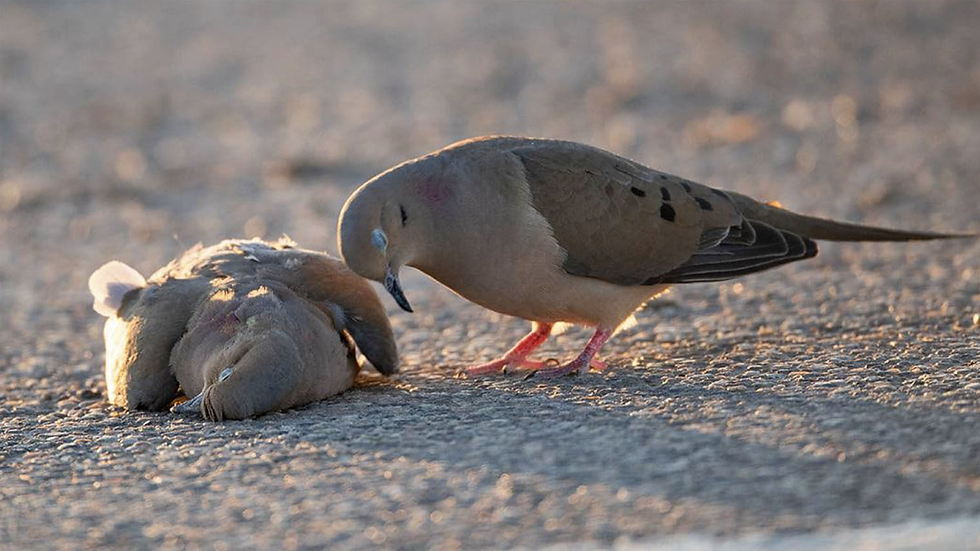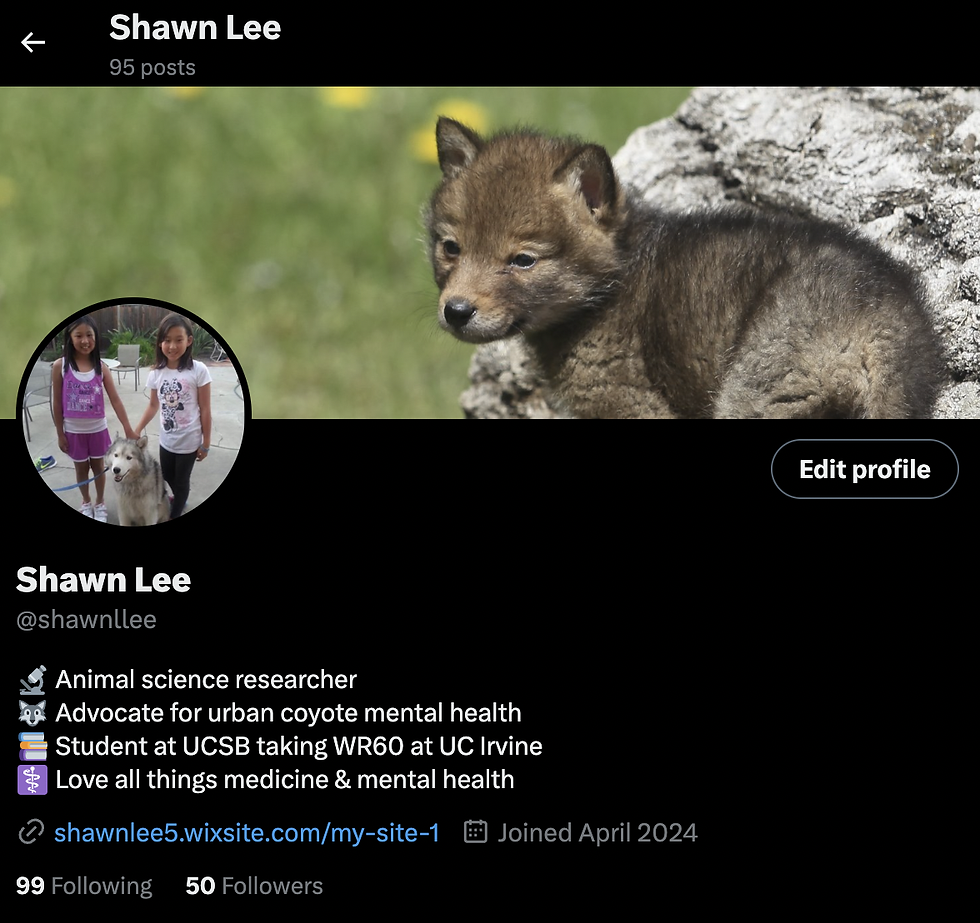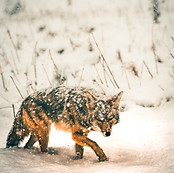Blog 4: 4/21/24
- Shawn Lee
- Apr 21, 2024
- 4 min read
This week was a busy one, filled with lot of reading and researching. Today, I watched a film called "Bird Brain," a film by PBS. It taught me so much about birds (aves), and I can't wait to share what I learned with you guys.
Bird Brain Overview
This film was made in a documentary style, highlighting different facts about bird species and intelligence, explaining research that was done to show just how smart they are.
Research Done
Quite a few research was shown in this film. All of the research had the same goal: to show that birds are so much more intelligent than we think, and that they have complex minds, societies, and brains.
Aves Think At A Very High Level
Valerie Dufour, an animal scientific researcher, conducted a study in which she watched how rooks, members of the crow family, interact with each other and analyzed the results. She found that rooks have social networks as complex as seen in other primates, such as monkeys! They have close relationship structures and close friendships just as us humans do. She tested this by having the rooks obtain an object by either pushing or pulling a string. The birds were split into two groups, in which half the birds saw a rook pushing an object on a string and the other half saw a rook pulling the string. Dufour found that rooks learned how to solve the puzzle by watching another bird, which corroborates the theory of social-learning, which is considered very high level thinking.
How To Become A Duckling's Mother
Similar findings were obtained by other studies, such as one conducted by Konrad Lorenz, Australian zoologist and ethologist—an imprinting experiment. In this experiment, Lorenz observed whether or not baby ducklings would follow him. He found that young birds became attached to the first moving object they saw after coming out of the eggs. "The significance of the imprinting experiment was it showed that there were behaviors such as following, that the behavior itself is instinctive—but the cue, what do you follow, that’s learned" (5:29).
Social Behavior + Emotions
As mentioned previously, aves are able to form societies as complex as bigger animals and even humans. In this documentary, I specifically learned that “We’re starting to realize that the simplest explanation to be that [birds are] seeing the world…the same way that we do" (1:24). This quote explains that just because we are humans, it does not mean that we can ignore the intelligence of animals. This is similar to an article I read for my WR60 class from the TIME magazine. "“Grieving profoundly, King argues, is the price humans pay for caring profoundly. It’s not too much to suggest that the same equation, albeit on a lesser scale, has to balance for animals too" (Kluger). Adding onto the idea of intelligence, animals are also emotionally intelligent. We may see crows on the street and think that they are just crows and they don't actually think or feel. Well, that is in fact incorrect. Like many animals, birds are able to express grief and mourn. I think this is important to think about the next time we are about to shoo a bird away or kill its baby.
Play and Communication
Lastly, it is important to mention the play and communication habits of birds! Personally, I love birds, I think they're beautiful and cute. Just as we do, birds have close friendships, as seen in Dufour's research. Birds communicate and play through their sounds and actions. Each animal has their own unique way of playing—lion cubs wrestle and bite each other, dogs jump around and bark, and birds pounce on each other, play in the water, and treat the world around them like a playground.
Overview
Overall, I was very intrigued by this documentary. I learned a lot about birds and had my previous perceptions on birds changed by watching this film. I 100% recommend you all to watch it if you can, click here to watch!
Researchers
John Marzluff
Marzluff is a scientific author and professor at the University of Washington College of the Environment. He studies how humans affect birds through affecting their environments and homes.
Konrad Lorenz
Lorenz was an Australian zoologist and ethologist. He conducted the imprinting experiment, which was explained above. He is one of the founders of modern ethology, or the study of animal behavior.
Valerie Dufour
Dufour is an animal researcher who used to study apes, but studies a broad range of animals, including aves! Her main research involves studying the evolution of economics in animals.
Quotes
“The fact that the crow is able to take a stone and move the same object that that bird had previously moved with its bill implies that the crow is thinking ahead and visualizing the action that dropping the stone will result in the same movement that its bill did" (25:52).
I thought this quote was very interesting because I never thought much about how crows think about what they do.
"“We’re starting to realize that the simplest explanation to be that they’re seeing the world…the same way that we do" (01:24).
I thought this quote was a concise way to describe the overall idea of the documentary: birds simply see the world the same way that we do!
Recent Posts
See AllHi everyone! As WR60 comes to an end, I wanted to reflect on some things that I learned throughout my journey in this class. I learned...





I think it is so interesting to see how different animals have their various ways of acting and communicating with one another! I wonder how the first rook is able to "figure out"" the puzzle that then leads to a domino effects amongst the other birds?